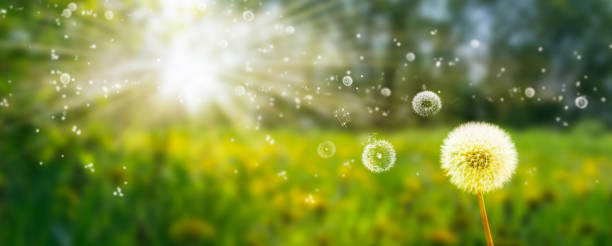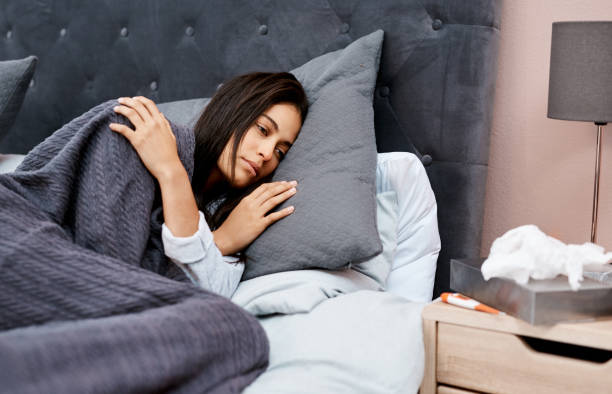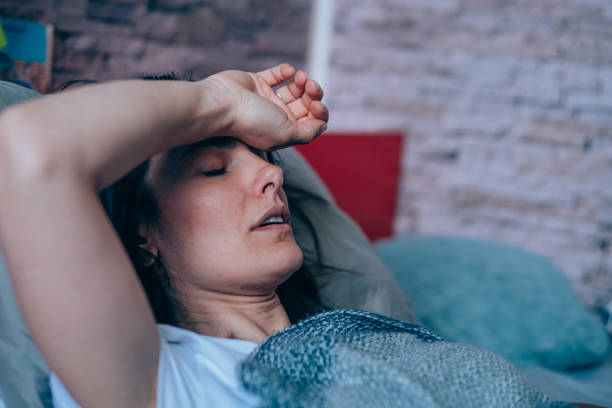Many people are plagued by hay fever every year and can no longer enjoy the fresh air and nature during the main flowering period. The symptoms are severe sneezing, a runny nose, and red, itchy eyes. Coughs and skin rashes can also occur.
There is a lot you can do to prevent hay fever
There are many medications available on the market to treat the symptoms, mostly in the form of tablets or sprays. However, every drug has its side effects, and tiredness when taking the pill is often a side effect. For this reason, many people would like to avoid medication altogether or only resort to it during the main flowering period of their allergy trigger.
Most people are simply concerned about taking these drugs for a long period of time each year. Another type of relief is injections, but this option has its pros and cons. Home remedies are a good alternative for anyone who wants to reduce symptoms naturally.
What can home remedies for hay fever do?

It must be clear to everyone that home remedies cannot completely eliminate hay fever. But neither can most medicines. You have to decide for yourself whether you want to do without medication entirely or take it additionally during the main flowering period. With a few simple tips, you can already achieve good results. So that you don’t use up too many paper handkerchiefs during this time, also note our tips for washing handkerchiefs.
Avoid the allergy trigger
It should go without saying that people who are allergic to grass do not voluntarily walk across meadows. Unfortunately, pollen is in the air almost everywhere, and if you live near meadows, you can hardly escape it. It can be helpful for people suffering from allergies to plan their vacation in such a way that they can escape the allergy trigger for at least a few days. It has been proven that the load is lower in the mountains and also by the sea. You can do something good for yourself with a holiday during the main flowering period.
Rain does not necessarily mean relief
You often hear that rain washes the pollen out of the air. This statement should be treated with caution, it only applies to longer periods of rain. A brief downpour can even aggravate the symptoms. Grass pollen, for example, bursts open when it rains, and smaller particles penetrate deep into the respiratory tract. So instead of getting relief, you will see your symptoms worsening.
Ensure a quieter night
During the day, the pollen settled in the hair. So it’s a good idea to take a shower in the evening and wash your hair. This will make your sleep a lot more restful. Likewise, it is advisable not to leave the clothes you wore during the day in the bedroom overnight.
Proven remedy for hay fever
You can relieve the itching with a saline steam bath. This moistens the nasal mucosa. Simply bring water to a boil and add a teaspoon or two of table salt. Then you can inhale the saline vapor for about ten minutes. With a nasal rinse with table salt, you can flush the pollen from the nasal mucosa. You can buy this conditioner or mix it yourself.
Discover the effects of different oils
Peppermint oil can provide good relief. To do this, you need to dribble several drops of it into a bowl of water. This way you can breathe easier again and the oil has an expectorant effect at the same time.

Inhalation with eucalyptus oil also has a good effect on hay fever. It is equally recommended as a bath. Fennel oil or dill oil can also be helpful. Also, note other healthy oils and their effects.
Soothing for the eyes
As a remedy for itchy eyes, you can use a damp cloth to help. Simply dampen a cloth with cold water and place it over your eyes for a few minutes. If you want, you can also add eyebright to the water. For contact lens wearers, it is better to use glasses during allergy season.
Eat a healthy diet
In general, allergy sufferers should eat a varied and vitamin-rich diet. For example, walnuts contain magnesium, which protects against cramps, and vitamin E, which protects against inflammation. So they work well against allergies. However, nut allergy sufferers have to be careful, so this tip does not generally apply to everyone. Drinking water moistens the mucous membranes, which has a beneficial effect.


